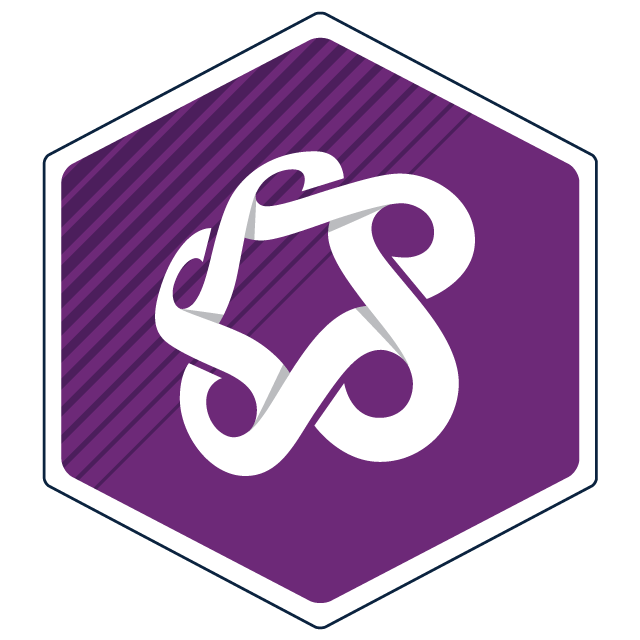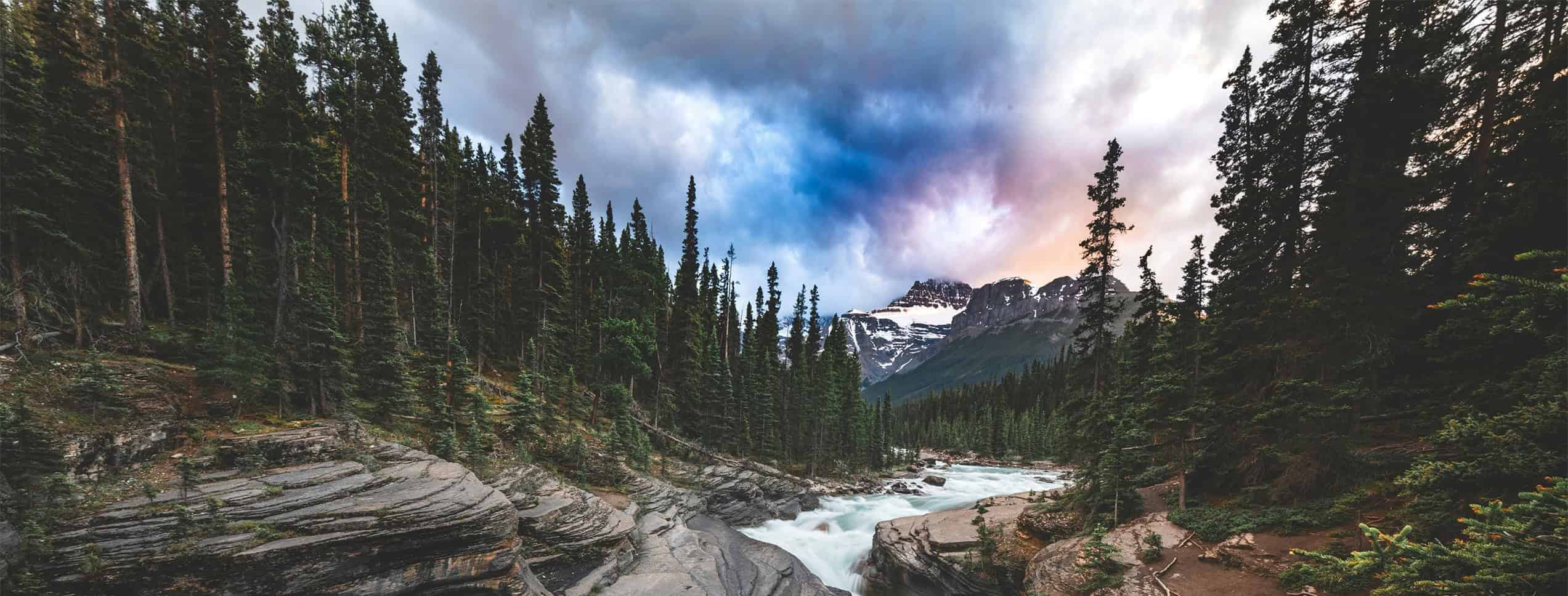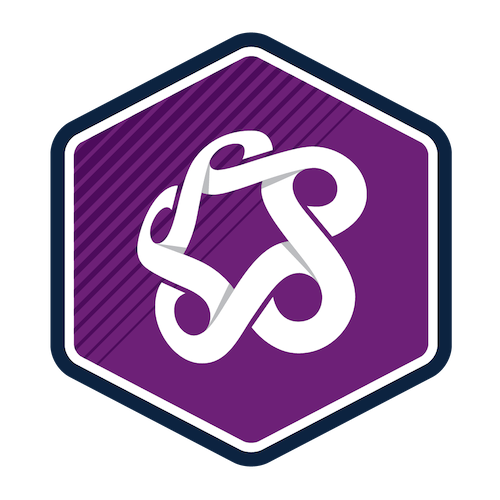Overview
A qualified talent pool is required to increase the scalability and affordability of carbon capture and storage (CCS) as a pathway to net zero. Workers who know how to design, construct, operate and maintain CCS infrastructure are needed.
This course covers the fundamental characteristics and properties of CO2 and the implications for underground sequestration. We also cover regulations, tools, techniques and long-term storage strategies.
If you are a geoscientist, engineer and/or technologist with experience characterizing and evaluating subsurface geology, this course will help you expand your knowledge and expertise for a career in Canada’s emerging CCS industry. This course is also relevant for anyone seeking to better understand carbon sequestration/underground storage and its implications for Canada to meet net-zero goals.
This course is part of our Carbon and Storage (CCS) micro-credential series, designed for energy services workers, engineers, geoscience professionals, operators, technologists or trades professionals.
You must complete ENVS 011 - Introduction to Carbon Capture and Storage (CCS) before you can register for this course.
You must be at least 18 years old by the time you begin.
Upon successful completion of this course, you’ll be able to:
- detail the fundamental characteristics and properties of CO2 and implications for safe and secure underground sequestration
- describe current and emerging regulations that impact CO2 underground sequestration
- demonstrate an understanding of tools and techniques utilized to assess capacity, injectivity and containment of CO2 underground and how to use them
- demonstrate an understanding of the components of a long-term CO2 storage strategy that includes zone selection and design, drilling plan and wellbore design and injection and well testing.
You’ll demonstrate your skills and knowledge through quizzes, written assignments and exams. All coursework must be completed as outlined in the course schedule and no later than the course end date.
Upcoming dates
Select an available section and add it to your cart. When you're ready, proceed to check out to sign into your student account and complete your registration.
Don't have a student account? Let's set one up!
Registration closes seven days before the start date for on-campus, online scheduled, and blended courses, and one day before the start date for online self-paced courses.
After you've completed this course
Upon successful completion of this course, you'll be able to self-print a proof of completion document from your Continuing Education student account.
Micro-Credential
Aligned to current industry standards, SAIT’s micro-credentials develop practical, real-world skills and include competency-based testing. Earning a SAIT micro-credential demonstrates to employers you have the required competencies — both skills and knowledge — to get the job done.

Students who successfully complete this course with a final grade of A- (80%) or higher will earn a micro-credential and receive a shareable digital badge.
Costs
Textbook and reading list
All required course materials are included in your tuition fees.
Technology
To be successful in this course, you’ll need:
- Access to your own computer or laptop with standard hardware/software requirements.
- Internet access
Financial support
Financial opportunities are available to help pay for your course fees. Learn more about how to reduce your education or training costs with available awards, bursaries, loans and grants, including the Canada Alberta Productivity Grant.
Applicable certificates
This course applies to the following certificate programs:

Train your team
Interested in group training opportunities for this course? Tell us about your organization's needs, and one of our training consultants will contact you within one business day.

Oki, Âba wathtech, Danit'ada, Tawnshi, Hello.
SAIT is located on the traditional territories of the Niitsitapi (Blackfoot) and the people of Treaty 7 which includes the Siksika, the Piikani, the Kainai, the Tsuut’ina and the Îyârhe Nakoda of Bearspaw, Chiniki and Goodstoney.
We are situated in an area the Blackfoot tribes traditionally called Moh’kinsstis, where the Bow River meets the Elbow River. We now call it the city of Calgary, which is also home to the Métis Nation of Alberta.
